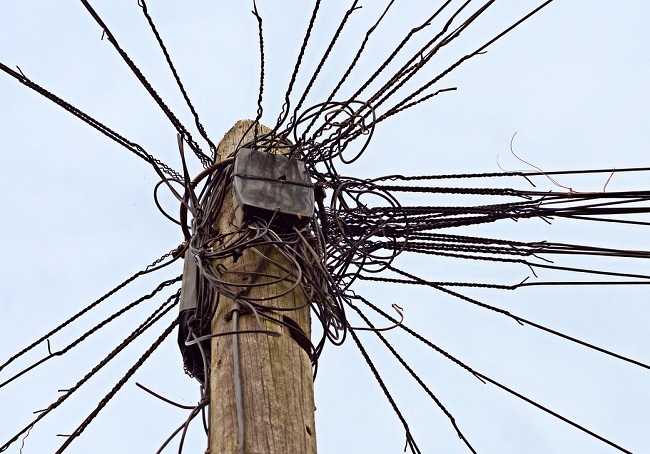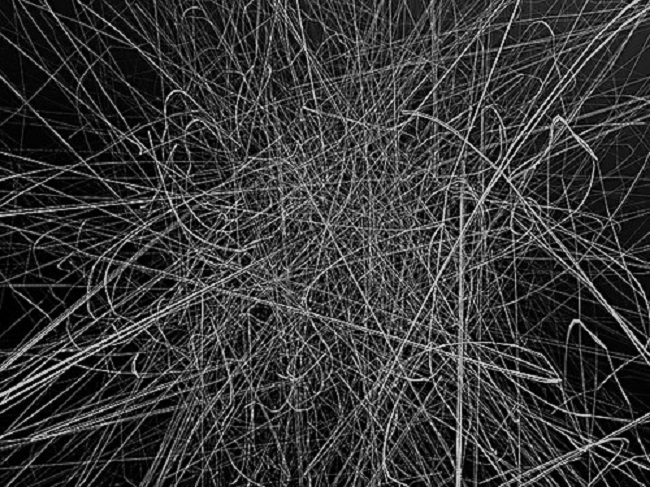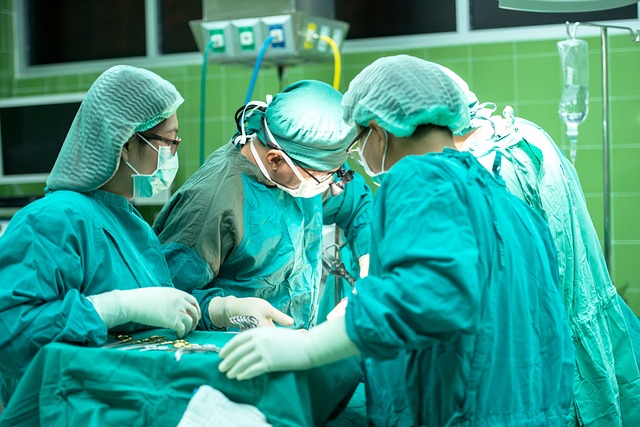Whether we like to recognize it or not, the human body is a “hybrid”, meaning that it burns fuel and uses electricity for function. I have found that trying to explain Alternative Medicine is a very difficult task and so I am going to try to do it by using an advanced analogy. I am going to compare the human body with an automobile since both are machines that consume energy.
Of Engines and Fuel
At the average gasoline station, there are three different fuels to choose from. Each is calibrated to engine design. The owner of the automobile knows what fuel should be purchased because he has read the owner’s manual and was instructed when the car was purchased. Knowing which fuel is optimal and choosing that fuel are two different things. We know very well that putting the wrong gasoline into the car is not good for the engine, but oftentimes because of cost, we ignore this advice. We choose a lessor grade fuel. Hence we have millions of cars, some of which may break down because of this failure of choice.
Human beings have evolved from a more primitive species about which we know surprisingly little. However, we are all perfectly aware that the fuel was available throughout our developmental history. From our teeth design we are known as omnivores (an animal that can eat both meat, vegetables and fruit). Very early in our career we were “hunter gatherers”, meaning that we hunted animals for meat and gathered the nuts seeds and vegetation that were available as food. This is still the fuel that was designed for our machinery. Until very recently in our history, there was no food industry to supply us with the variety of processed foods that we have today.
Fuel Storage, Processing, and Transmission: Mechanics 101
Gasoline is stored in a tank: it does not run directly into the engine and it is not consumed until the engine is running.
Similarly, natural food yields a proper combination of protein, fat and carbohydrate, all of which are processed in the body. The primary fuel is glucose, extracted by chemical processes in the body from the food source. This is conveyed by the blood to the liver where it is turned into a more complex, multi-glucose molecule called glycogen for storage, equivalent to a gas tank.
Gasoline is directed from the tank into cylinders that contain pistons. The gasoline is ignited and the explosion drives the pistons connected to the transmission, thus passing the energy to the wheels. The only function required by the car is to move. Note that the engine is producing energy: the transmission is consuming it.
For the body, the process is more complicated but the principles are the same. All cellular action requires the glycogen to be broken down and released from the liver as glucose that now becomes the fuel source, conveyed by the blood throughout the body. This is an important step because storage of glucose in this manner enables it to be released in proportion to the need for action. It might be compared to fuel injection in an automobile.
The body consists of 70 to 100 trillion independent cells, all of which require energy to function. Each cell contains microscopic organelles known as mitochondria where energy is generated. This is done by “burning” glucose that is “ignited” by the action of vitamin B (Glucose + oxygen + vitamin B yields energy). The energy derived from ignition (oxidation) of glucose is stored in the form of a chemical compound known as ATP (adenosine triphosphate). Although an imperfect analogy, ATP can be thought of as somewhat like a battery. Every action, every function of the human body is dependent on this production of energy. ATP is often referred to as the currency of energy transmission
The automobile’s transmission is responsible for passing the energy derived from the engine to the wheels.
In comparison, it is the function of mitochondria to create energy. The next question is how that energy is used. Here there is a striking difference because the body uses that energy in renewing itself as well as dictating function. It uses energy consuming enzymes, chains of which are capable of converting a given substance A to another substance B to C etc. Chains of enzymes carry out the structural details of building new cells as the old ones die off. This is the equivalent of a transmission and energy is consumed.
Energy In Must Match Energy Out
From theses analogies, we can see that all the functions of the human body are detailed in terms of energy production and energy consumption. The production must always keep up with consumption. If the production is inadequate or the consumption is excessive, changes in cellular function follow. If that functional change is not spotted and treated by filling the deficit, cellular damage follows. This must be the basis of true preventive medicine
What about the driver of the car?
Well, until the driverless car becomes a reality, a human being must direct the passage of the car. If we extend the analogy, the driver is the brain that guides the car to its destination.
What about the driver of the body?
It might be said that the brain is the driver of the body. The body is merely a chassis that enables the brain to move around. It is the personality of every human and nothing happens in the body without the brain. Indeed, the brain can be compared to the conductor of an orchestra. The organs in the body are like banks of instruments, and like instrumentalists, they all know exactly what they have to do but require guidance from the conductor. In order to understand this analogy, the lower part of the brain organizes and computes the functions of all body organs through a nervous system known as autonomic (automatic) and a bunch of glands known as the endocrine system. The autonomic system is a two-way street, used for messages into the brain and out to the organs. The endocrine system produces hormones which act as messengers of the brain. When all of this works appropriately, the “symphony of health” follows. The brain uses a disproportionate amount of energy as compared with the rest of the body. It is therefore not surprising that brain disease is a reflection of a defective energy equation.
The present approach in medicine is to kill the offending bacteria and viruses that attack us. Alternative medicine, recognizing that the body possesses sophisticated defenses, seeks to assist those defenses by stimulating energy production by the use of nutrients. In other words, alternative medicine looks at correcting the energy equation as the basis for health.
We Need Your Help
More people than ever are reading Hormones Matter, a testament to the need for independent voices in health and medicine. We are not funded and accept limited advertising. Unlike many health sites, we don’t force you to purchase a subscription. We believe health information should be open to all. If you read Hormones Matter, like it, please help support it. Contribute now.
Yes, I would like to support Hormones Matter.
Photo by Timon Studler on Unsplash.















